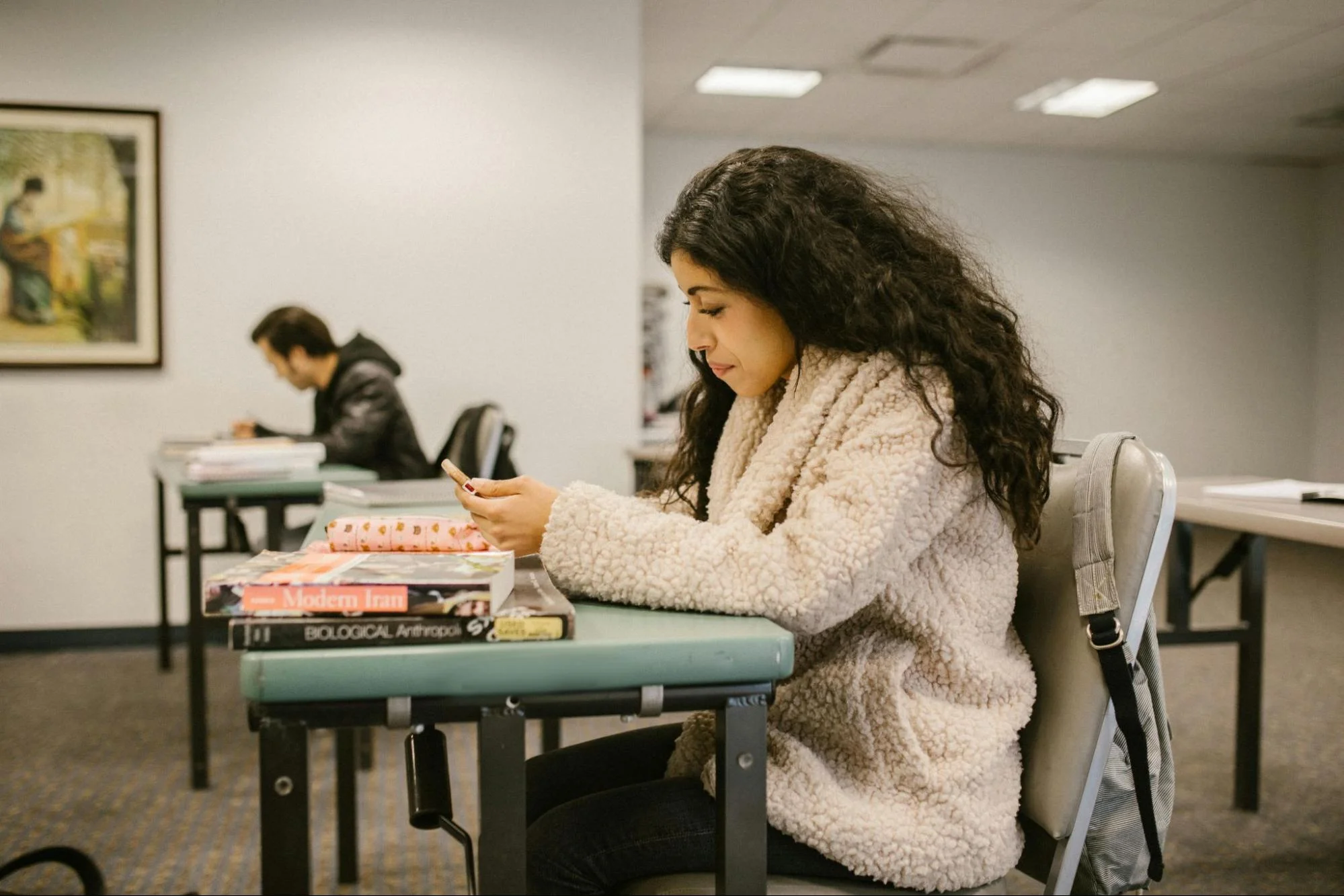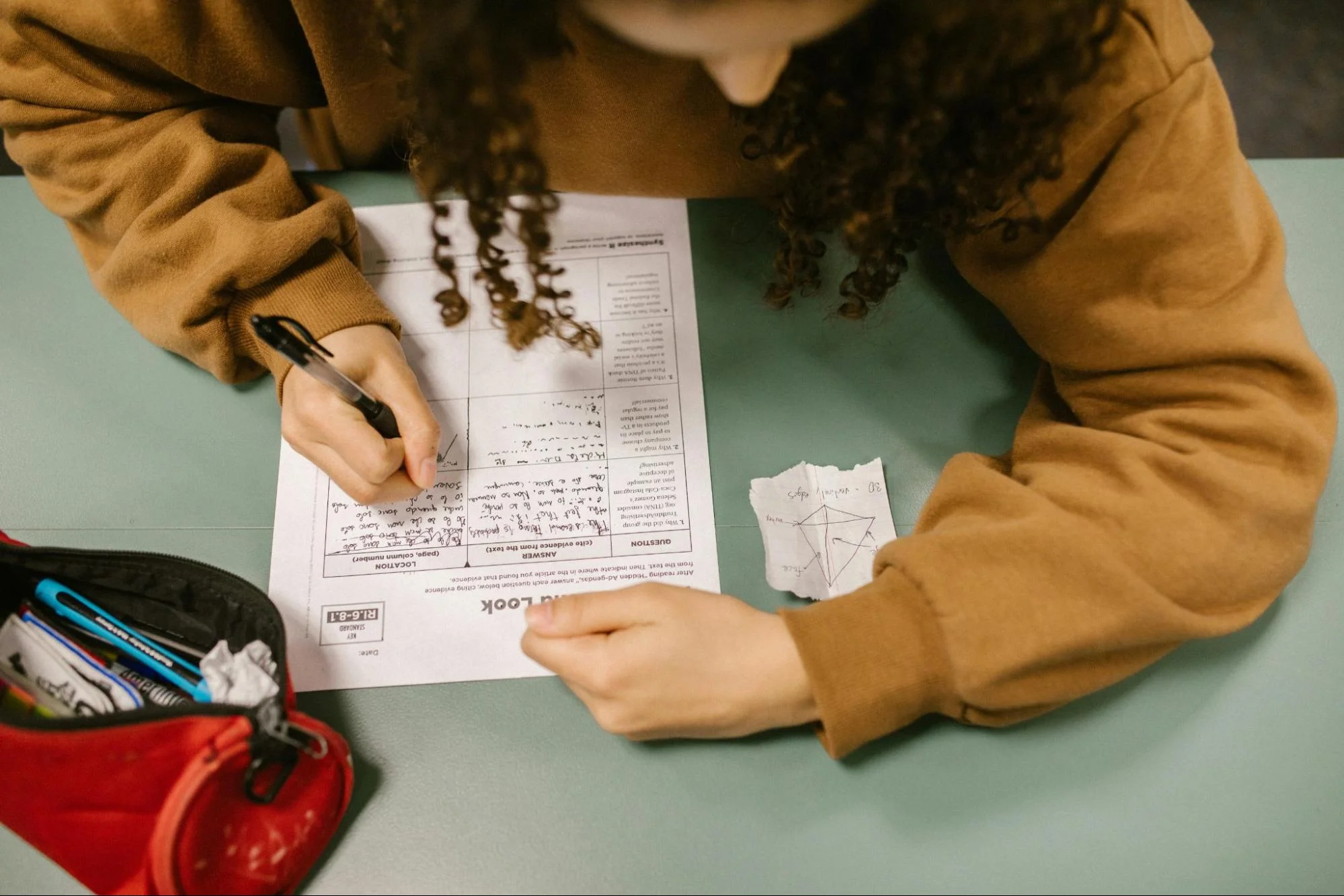
Figuring out how smart someone is can be tricky. The usual tests don’t always show everything a person knows or can do. That’s where portfolio assessment comes in. It’s like a collection that shows off all the cool stuff a student has learned and made, not just test scores.
In today’s academic world, portfolio assessment has emerged as a highly valuable learning tool for evaluating students’ academic progress and development. In this article, we’ll talk about portfolio assessment. We’ll talk about why it’s helpful, and how teachers can use it. By the end, you’ll see why portfolio assessment is a cool way to understand and appreciate what students know and can do.
CONCEPT OF PORTFOLIO ASSESSMENT
Portfolios were introduced into teacher education in the US from 1986 to 1990 through the work of Lee Shulman on the Stanford Teacher Assessment Project.
Think of a portfolio like a big scrapbook or photo album that encapsulates a student’s body of work achievements, growth, or the development of a community. A portfolio is an essential tool that showcases your learning and skills beyond test results by compiling your coursework, projects, essays, and creations in one place.
Portfolios could be highly beneficial in the academic journey. It offers a comprehensive view of a student by highlighting their activities and outcomes more effectively than other measurement methods.
BENEFITS OF PORTFOLIO ASSESSMENT
1. Holistic Evaluation
Rather than concentrating only on test results or exam performance, portfolio assessment enables a thorough assessment of a student’s development and accomplishments over time by taking into account a variety of learning journey factors.
2. Genuine Evaluation
Students’ work, including projects, essays, presentations, and creative pieces, is frequently included in portfolios. This enables the assessment of practical skills and gives a more accurate picture of the learner’s capabilities.
3. Customized Learning
Interests, strong points, and areas for development can all be incorporated into portfolios. This individualized method empowers students to take charge of their educational experience by promoting self-reflection and self-directed learning.
4. Long-term Growth Tracking
Portfolio assessment allows teachers to monitor students’ long-term development and growth by gathering a range of artifacts and reflections on time. This long-term perspective provides a deeper understanding of developments and potential growth areas.
5. Feedback and Reflection
As students complete their assessments and get comments from teachers and peers, portfolios encourage continuous feedback and evaluation. This recurrent procedure promotes ongoing development and deeper comprehension.

6. Encouragement of Higher-Order Thinking Skills
Producing and selecting portfolio items calls for inventiveness, creation, analysis, and critical thinking. Participating in these activities fosters the growth of higher-order thinking abilities that are necessary for success in the classroom and beyond.
7. Documentation of Learning
Portfolios serve as documentation of learning, showcasing a learner’s achievements, skills, and knowledge gained over time. This can benefit students directly as well as teachers, parents, and potential employers.
8. Encouragement of Reflection on Learning Goals
Reflections on learning objectives are frequently included in portfolios, which enable students to evaluate their progress toward these objectives and pinpoint areas that need improvement. It promotes goal-setting and self-awareness.
9. Promotion of Metacognitive skills
Students acquire metacognitive skills such as self-awareness, self-regulation, and goal-setting, which are crucial for lifelong learning, through the process of choosing, arranging, and reflecting on portfolio objects.
10. Diverse Assessment Techniques
Portfolios can include a range of assessment techniques, such as teacher, peer, and self-evaluation besides formative and summative exams. This adaptability makes it possible to evaluate learning outcomes in a way that is more thorough and equitable.
IMPLEMENTING PORTFOLIO ASSESSMENT
1. Define Purpose and Goals
Determine the purpose of portfolio assessment and clarify the specific learning goals or outcomes it aims to assess. For instance, teachers must outline whether the portfolio’s main goals will be to highlight students’ work, monitor development over time, encourage reflection, or a mix of these.
2. Choose Portfolio’s Contents
Select the kinds of objects that will be featured in the portfolio. Essays, projects, presentations, artwork, reflections, peer and self-assessments, and other pertinent resources that highlight student learning and accomplishment might be included in this category.
3. Establish Criteria and Rubrics
Develop clear criteria and rubrics for evaluating portfolio contents. These standards must be in line with the learning objectives and offer direction on what makes work outstanding, skillful, and evolving. Rubrics aid in ensuring impartiality and consistency in evaluation.
4. Establish Portfolio Structure
Choose the framework and arrangement for the portfolios. This could entail building digital or physical portfolios, deciding on a platform or structure for showcasing the portfolio, and setting up rules for navigation and organization.
5. Instruction and Assistance
Teachers/mentors/instructors should assist students in developing and managing their portfolios efficiently. Advice on how to choose artifacts, compose reflections, evaluate oneself, and, if necessary, use tools or platforms for a portfolio.

6. Plan Portfolio Reviews
Throughout the academic year or term, plan periodic portfolio reviews or checkpoints. Peer reviews, group talks, or one-on-one conferences between students and teachers may be used in these evaluations to offer feedback and encourage student reflection.
7. Formative and Summative use of Portfolio Assessment
To inform instruction, track advancement, and foster student development, use portfolio assessment formatively at various stages of the learning process. Portfolios can also serve as a tool for summative assessment, allowing educators to compare student accomplishments against established standards or benchmarks.
8. Evaluate and modify
Examine the portfolio evaluation procedure regularly to pinpoint its advantages, disadvantages, and potential areas for development. To improve and make changes to the portfolio assessment method, get input from students, teachers, and other relevant parties.
CHALLENGE AND SOLUTION
While portfolio assessment offers many benefits, such as showcasing student accomplishments and providing a holistic view of learning, it also presents challenges such as time limits, subjective appraisal, and technological obstacles.
Consider the following tips to overcome each of these obstacles:
1. Time Restrictions
Challenge: When grading portfolios, teachers frequently run out of time, particularly in large classrooms.
Solution: When giving assignments to students, ensure that they have enough time to complete them. Set deadlines for portfolio submissions in advance, and make sure you have enough time for assessment.
To save time, divide the burden by using peer or self-assessment. Alternatively, you could use software or internet tools to automate portfolio assessment. This will help you to streamline the assessment process, and reduce the amount of time you need to spend on grading.
2. Personal Assessment
Problem: Personal assessment may cause bias and inconsistent results.
Solution: To ensure consistent and objective portfolio assessment, it’s important to outline precise expectations for each component of the portfolio. This includes setting explicit criteria and guidelines for portfolio evaluation.
Effective portfolio assessment requires educators to be trained to comprehend and consistently apply assessment criteria.
For more objective evaluation, teachers should work together to examine and discuss assessment decisions. This will help in increasing consistency and reducign the risk of bias in portfolio assessment.
3. Technical Difficulties
Challenge: Implementing digital portfolio assessments may provide technical challenges, such as file access or sharing issues.
Solution: Take into account the technical ability of both teachers and students when choosing platforms or tools for digital portfolio creation and sharing.
Assist teachers and students in overcoming technical hurdles by choosing user-friendly tools, and providing resources and technical assistance.
Additionally, make sure students have alternative submission options, such as physical portfolios or email, in case of technical difficulties.
ADDITIONAL TIPS
1. To promote student development and learning throughout the portfolio construction process, encourage continuous reflection and feedback.
2. Enable students to choose and organize portfolio items that highlight their accomplishments and talents in order to foster a sense of ownership and autonomy among them.
3. Make sure students understand the relevance and value of portfolio assessment by clearly communicating expectations and the goal of the process.
4. Take into account the sustainability and scalability of portfolio assessment procedures, and adapt as necessary in light of evaluation findings and feedback.
By putting these answers and advice into practice, teachers can successfully get over typical obstacles with portfolio assessments and give students a more thorough and meaningful assessment experience.
CONCLUSION
To sum up, portfolio assessments provide a thorough method of assessing student learning and overcoming obstacles like time restraints, subjective assessment, and technical difficulties with helpful hints and answers. Through the establishment of precise timelines, the development of standards and criteria, and the skillful use of technology, educators may guarantee that students receive fair and significant assessment experiences.
With a carefully chosen collection of their work, students can demonstrate their genuine knowledge and skills through portfolio exams, which go beyond standard techniques. This method offers a more comprehensive understanding of student accomplishment while encouraging introspection and student ownership.
Moonpreneur is on a mission to educate and ignite the flames of entrepreneurship through our holistically created online STEM programs, which will help kids master the futuristic sciences such as Robotics, Game Development, App Development, Advanced Math, Math-Quiz to test your kids knowledge and much more!!
Register for a free 60-minute robotics workshop today!
















